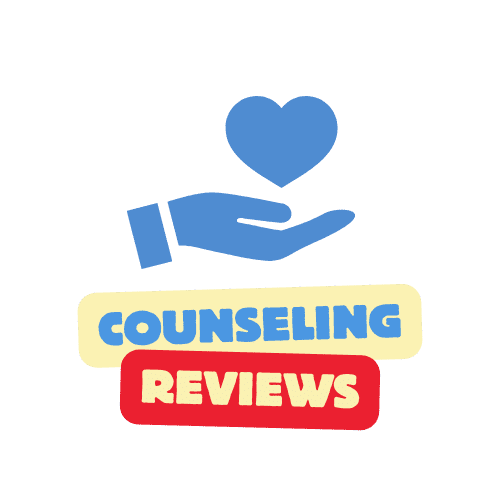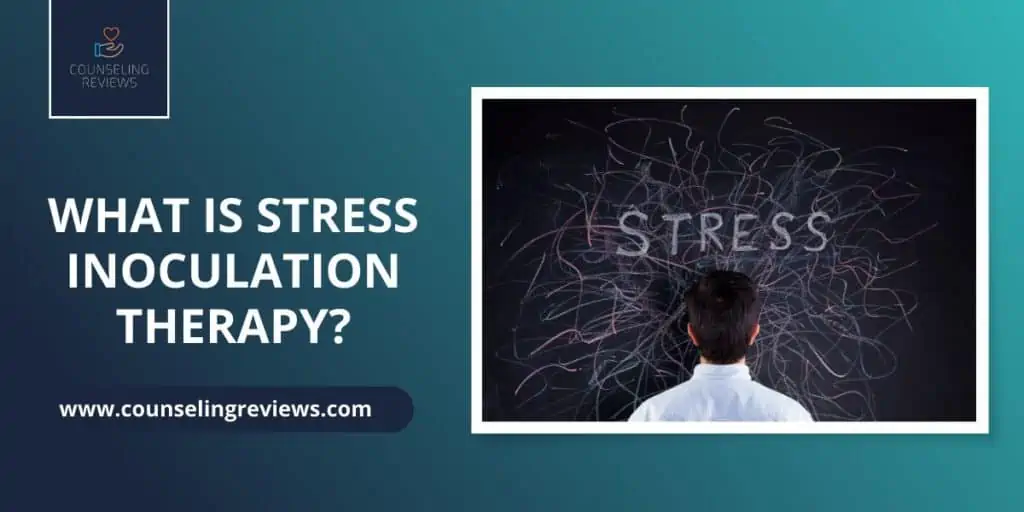In the 1980s, psychologist Donald Meichenbaum developed a therapeutic intervention intended to work similarly for patients at risk for stress. This practice was introduced as “stress inoculation therapy, ” a type of cognitive behavioral therapy (CBT) that could prepare patients for stressful circumstances and help them deal with stress-inducing situations.
Dr Donald has gained global recognition for his expertise in treating trauma in people of all ages. While developing the practice of stress inoculation therapy, he included three distinct phases:
- Conceptualization phase
- Skills acquisition and rehearsal phase
- Application and follow-through phase
Later, we will cover each phase in detail. First, let’s discuss the main goals of stress inoculation therapy, its effectiveness, along with many benefits of this therapeutic approach to stress prevention.
Major goals of stress inoculation therapy
When Dr Donald introduced this type of therapy, he had a trio of goals in mind:
- To strengthen the coping skills of patients and help them develop new ones.
- To build patient’s confidence in their ability to utilize effective coping strategies.
- To help patients recognize the need to implement necessary coping skills based on the circumstances of a situation and help them realize that not every strategy needs to work for every situation.
Who can benefit from stress inoculation therapy?
Stress inoculation therapy is usually tailored to the individual. It doesn’t mean that it can’t be used with couples, families, and groups. They can use it. But it is often conducted one-on-one.
Stress inoculation therapy is often adapted to fit a patient’s specific needs; that’s why it can be beneficial for people with different life factors, mental and physical health conditions, and disorders.
Keep in mind that the following list isn’t exhaustive, as stress inoculation therapy can benefit people with a wide range of concerns.
Stress inoculation therapy can help you if you deal with any of the following conditions:
- Severe anxiety, panic attacks
- Pain disorders
- Anger
- Phobias
- Stress-related to chronic mental illness
- Performance anxiety
- Post-traumatic stress disorder
- Trauma-related depression
- Incarceration
- All the serious medical problems in which SIT may be used as a preventative measure before undergoing a stress-invoking operation.
Along with the above-mention conditions, groups and individuals working in high-stress fields may also benefit from SIT. Examples include:
- Disaster and rescue teams
- Healthcare workers
- Caretakers
- Members of military
- Firefighters
- Police officers
- Prison guards
- Social workers
- Teachers
- Mental health professionals
The three phases of stress inoculation therapy
As we mentioned previously, patients receiving stress inoculation therapy are treated in three phases. The therapist will consider two primary factors when developing a treatment plan, the type of stress the patient is facing and the current coping skills of a patient, and available resources.
By breaking this approach into three stages, a therapist can choose an appropriate space for the patient, reducing the chance of added stress.
Conceptualization Phase
This is the initial phase of stress inoculation therapy. It involves an interview, education, and self-monitoring. In addition to a detailed interview, a therapist may conduct further psychological testing.
This stage help patients learn how stress can affect their lives and how they may perpetuate stress. They start self-monitoring and recognize how their thought pattern cause or exacerbates stress. Therapists then teach patients to refrain from the stressor as an opportunity to solve a problem.
This phase involves deciphering whether specific elements of a stressor can be changed or not. This enables patients to adapt their coping strategies by initiating change where possible and accepting the circumstances that cannot be changed.
Skills acquisition and rehearsal phase
It is the second phase of stress inoculation therapy. In this phase, patients begin to reduce their anxiety and stress by learning valuable coping skills for their unique circumstances. Therapists consider individual stressors, as well as the strengths and weaknesses of the patient.
Patients may receive multiple therapies or a combination of therapies during this phase and be taught a variety of valuable skills, including the following:
- Relaxation techniques
- Emotional self-regulation
- Self-shooting
- Effective communication skills
- Mindfulness training
- Problem-solving skills
- Diversion techniques
During this phase, patients add so many techniques to their stress-busting toolkit to ensure they have various coping strategies to choose from in any stress-provoking situation. These strategies are first practised in the clinical setting then implemented in real-life scenarios in the application.
Application and Follow-through phase
It is the third and final phase of stress inoculation therapy. It allows patients to utilize the strategies and skills they learned in phases one and two. These strategies and skills are reinforced through simulation techniques put into place by the therapist. These techniques may include:
- To visualize a stressful situation or scene
- Role-playing of a stressful situation or scene
- Repetition
- Real-world exposure
How effective is stress inoculation therapy?
Stress inoculation therapy is highly effective. It is so adaptable that everyone’s experience is different. Treatment time can vary based on a patient’s particular needs and circumstances, with individual sessions ranging from 20 minutes to an hour or more weekly. Generally, patients start with 10 to 15 sessions and may return for routine follow-up sessions for anywhere from 3 months to a year. In some cases, therapists may recommend up to forty sessions.
While it is recommended to have consecutive sessions, some patients may benefit from a single session before a medical procedure.
Benefits of stress inoculation therapy
While stress inoculation therapy requires time, motivation, and an ongoing commitment, the benefits far outweigh the pitfalls for many people. Its benefits include:
- A happier life – By learning and implementing various coping strategies and developing confidence in their ability to deal with any stressor, those who participate in SIT can have fulfilling lives.
- Increased confidence – Individuals who participate in SIT often feel more comfortable in situations that may have left them feeling vulnerable before treatment.
- Improved sense of self – The most beneficial aspect of all is the internal resiliency and strength that often accompanies stress inoculation therapy. People who participate in SIT tend to view themselves in a more positive light.
- Decreased anxiety – SIT has the power to stop stress before it starts, even in high-pressure scenarios. A recent study published by Oxford University Press (OUP) found that pre-deployment SIT resulted in fewer instances of PTSD in marines, as well as an improvement in soldier’s ability to handle PTSDC.
Wrapping Up
There’re different types of treatments that have been found to be successful in treating PTSD, but the research is stronger in favour of trauma-focused psychotherapies like exposure therapy and CPT.
Some people don’t feel comfortable with writing about a past traumatic experience or actively confronting reminders of the trauma. Therefore, stress inoculation therapy may be a better choice.




